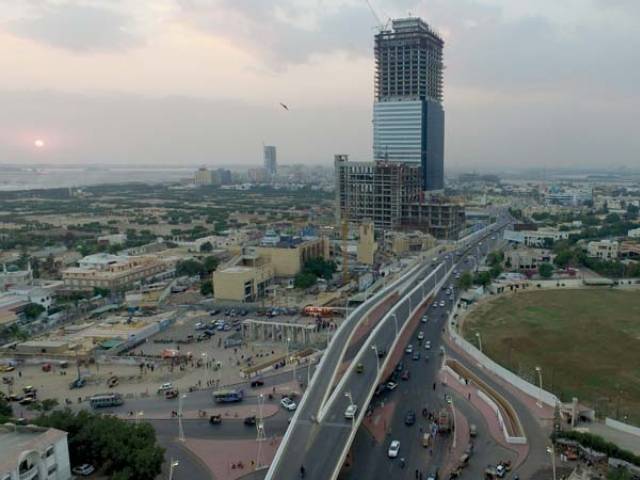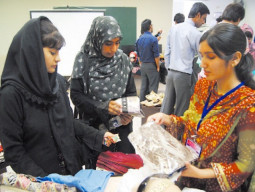
It is not just the amount of debt that should be focused, but attention must also be paid to its source, mark-up rate and the way of spending. Of course, the ongoing debate on the swelling debt should be viewed from different angles.
CM Zehri offers incentives to investors
Some of these issues are of far greater importance than the size of the debt. For instance, the mark-up on loans and which lenders were ready to provide credit for a government that used it to bridge the budget gap instead of investing in critical infrastructure.
Such an investment enables the country to pay back its debt over the long term without facing the threat of default or resorting to increase in tax rates.
Conventionally, in the political economy, debt is only a burden on the economy. But if smartly used, it can help to attract large chunks of investment both from inland and abroad.
In a country like Pakistan, where the local capital takes outward flight and foreign investors are discouraged by scores of factors, debt should play the same role as that in the United States, Japan and Germany.
In these rich nations, bigger chunks of borrowed money went to infrastructure, research and development and social progress.
Their governments over the past century or so used the borrowed money to boost prospects of investment from private entrepreneurs from all corners of the world, triggering transformation of single-member companies into corporate entities.
In these wealthy states, hi-tech defence and budgetary needs were financed from debt
Tackling debt
Pakistan has yet to develop anything more than the primitive infrastructure. Here, the trend of supporting sectors that do not directly help in promoting development and trade investment can be self-destructive.
There are three aspects which can be critical in tackling the debt issue.
One, there can be no ceiling on government borrowing if the mark-up rate is not higher than the affordable level and the money is invested instead of being spent on unproductive areas.
‘Gwadar southern centrepiece of China’s plan’
Two, a state reeling from the debt pile and people incapacitated by poverty and inflation create entities that never develop a sense of cohesion in political economy.
Three, governments need to keep a watchful eye on the debt-to-gross domestic product (GDP) ratio when complaints emerge about the increase in borrowing. If such voices grow, the governments should come out with realistic figures of spending and the pressure for contracting the debt.
Private sector ignored
There have been reports recently that banks refuse to offer loans to private sector entrepreneurs as the government borrows at a higher mark-up and guarantees repayment in a better time frame compared to the private sector.
This is a market-killing trend if the government actually gets involved in such a practice.
There have also been complaints that the debt level has been rising while little or nothing is allocated in the development budget.
Where did the money vanish?
Compare the current Rs25-trillion debt with the development projects and essential services provided by the government and you will surely ask: where did the money go?
Most of the members of parliament have kept mum over the issue. They do not seek explanation from the government.
There may be no law that could prevent the government from borrowing, but there can be laws that could stop it from spending the borrowed money on frivolous projects and undertakings.
In fact, the media and parliament need to join hands to draw up a list of projects and undertakings where only the national income could be used and no loans are taken. There can be a healthy national debate on the subject.
Bus rapid transit for Peshawar wins green light
This can start from examining the projects listed in the Public Sector Development Programmes (PSDP) of the past 10 years. This will reveal how much foreign loans went into these projects, how important they were, how smartly they were executed and what were the reasons of delay and cost escalation.
This way, a list can be prepared of the most important projects which will be financed through the debt money.
The writer has worked with major newspapers and specialises in the analysis of public finance and geo-economics of terrorism
Published in The Express Tribune, April 3rd, 2017.
Like Business on Facebook, follow @TribuneBiz on Twitter to stay informed and join in the conversation.



1731325890-0/trump-(24)1731325890-0-165x106.webp)













COMMENTS (4)
Comments are moderated and generally will be posted if they are on-topic and not abusive.
For more information, please see our Comments FAQ